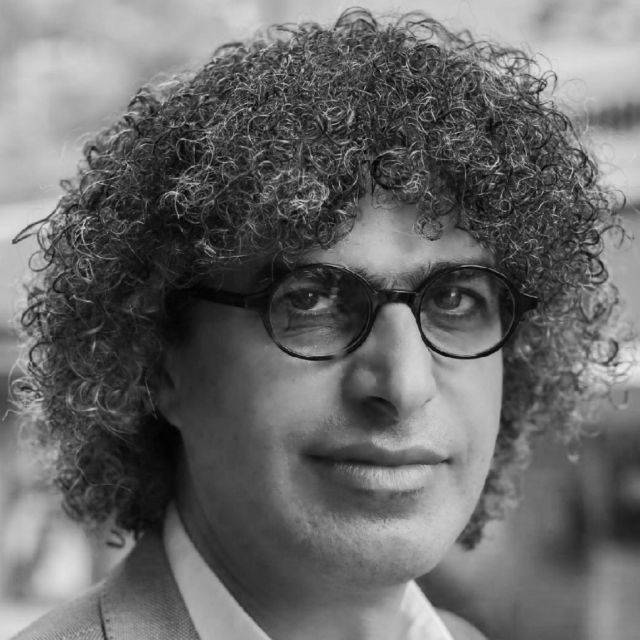Maher Hamoud
Associate scholar at KU Leuven
Maher Hamoud is a lecturer and associate scholar at the University of Leuven (KU Leuven). Within the domain of political economy of development, his current research focuses on the intersectionality between development politics, value chains, industrialisation, and international trade with and within the Global South.
Academic Publications:
Books:
Hamoud, Maher (2023) The Political Economy of Egyptian Media: Business and Military Elite Power and Communication After 2011 (London: Bloomsbury).
Special Issues:
Hamoud, Maher (ed.), (2021) ‘Counterterrorism and Human Rights, Twenty Years after 9/11 – Part II’, Rowaq Arabi 26 (3).
Hamoud, Maher (ed.), (2021) ‘Counterterrorism and Human Rights, Twenty Years after 9/11 – Part I’, Rowaq Arabi 26 (2).
Hamoud, Maher (ed.), (2021) ‘What has Changed in the Decade since the Outbreak of the Arab Uprisings?', Rowaq Arabi 26 (1).
Hamoud, Maher (ed.), (2020) ‘The Influence of Covid-19 on the Already Vulnerable Rights and Freedoms in the MENA Region’, Rowaq Arabi 25 (4).
Hamoud, Maher (ed.), (2020) ‘Protecting Religious Freedoms and Minorities in the Middle East and North Africa’, Rowaq Arabi 25 (2).
Hamoud, Maher (ed.), (2020) ‘Defending Human Rights amid the New Wave of Arab Uprisings’, Rowaq Arabi 25 (1).
Articles:
Hamoud, Maher (2023) ‘Passing the Test for Economic Graduation: A Critical Study on the Hegemony of Modernisation as a Persistent Condition for Development’, (work in progress).
Hamoud, Maher and Osama Diab (2023) ‘A Growing Smile and a Growing Demise: The Diminishing Value of Damietta Furniture Making’, (in press).
Hamoud, Maher (2020) ‘Egypt’s Private Press and Inciting for Violence Against Journalists During the 2013 Military Coup’, Rowaq Arabi 25 (3), pp. 79-94.
Hamoud, Maher (2019) ‘Egypt’s Military Coup of 2013: An Analysis of the Private Press in 112 Days’, New Middle Eastern Studies 9 (2), pp. 133-148.
Hamoud, Maher (2019) ‘Hegemony and the Interest of Egypt’s Business Elite in Post-Mubarak Press’, New Middle Eastern Studies 9 (1), pp. 115-132.

